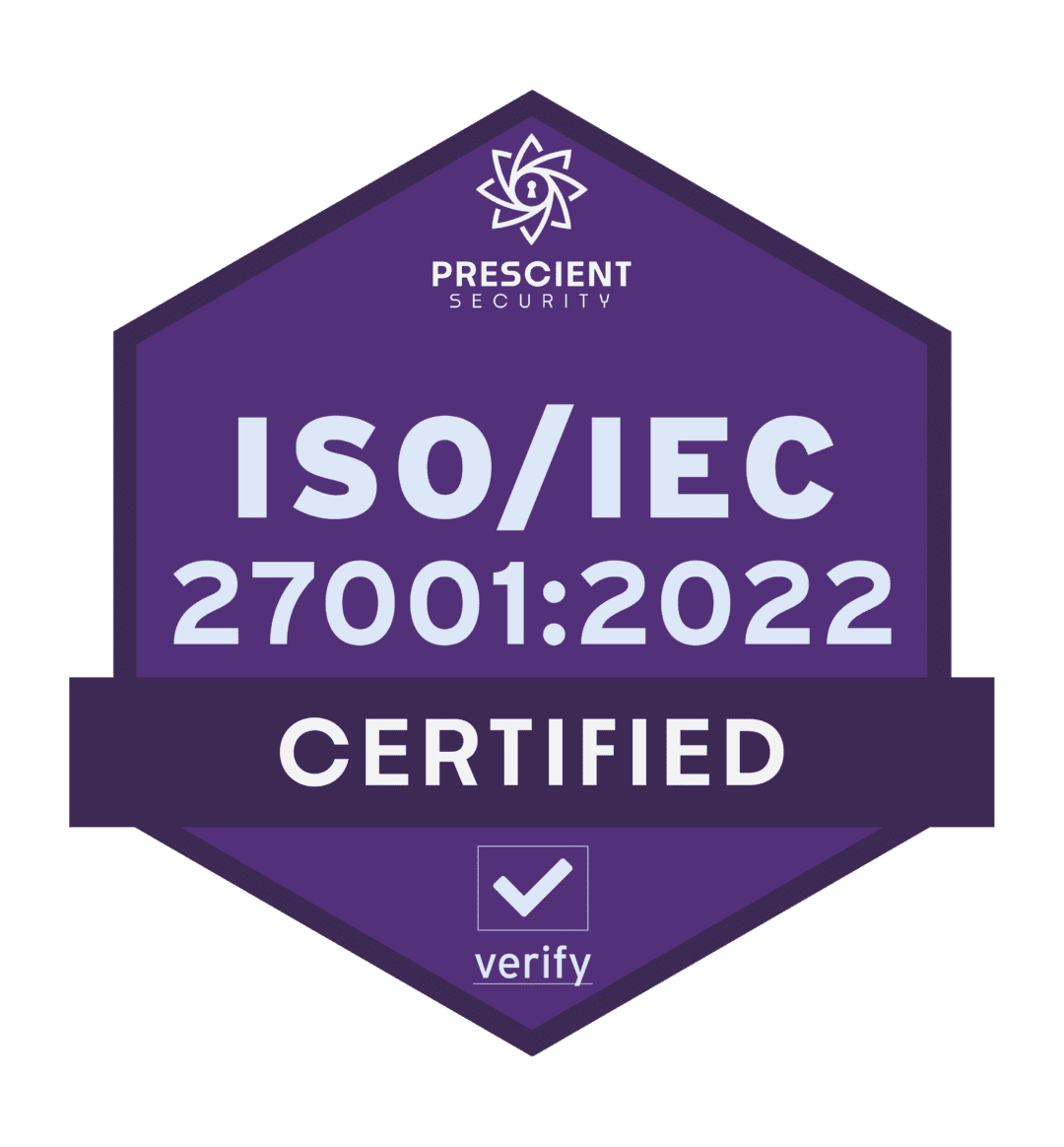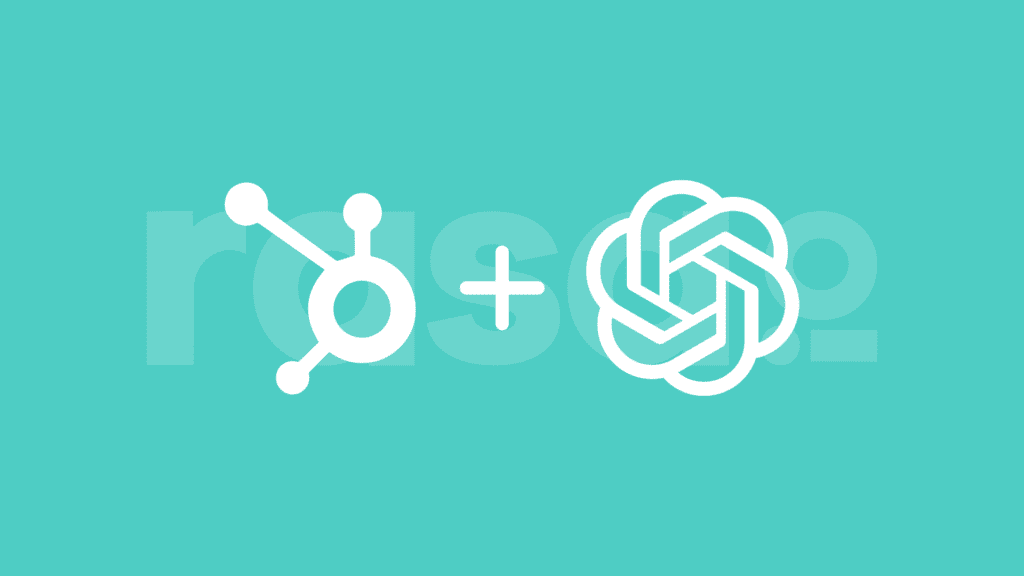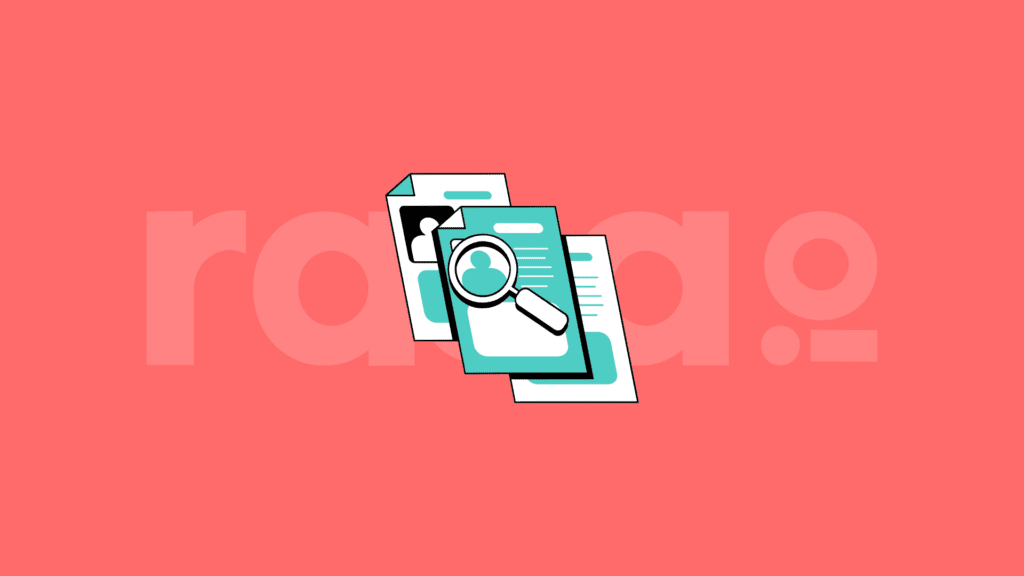Email marketing has evolved into something powerful. Today, so many tools exist that allow marketers to remain more creative, providing genuinely delightful exposure for their clients without things becoming too complex.
It’s definitely worth the investment – the ROI from a well-calculated e-mail marketing strategy stands significantly high. It has a higher return on investment than other marketing techniques.
But if you want excellent results, you’ll need to use an approach that consistently increases conversions.
This step means implementing several email marketing techniques to modify, track, enhance, and keep offering an exceptional subscriber experience.
You shouldn’t just jot down emails and forward them periodically all around the year. Instead, this post will highlight some key email marketing strategies for you to use to increase conversions.
1. Clean Your Email List
One of the most significant challenges individuals encounter when sending emails is to deliver their messages to their subscribers/readers’ inboxes. This issue takes the name ’email deliverability.’
It’s so important to clean your email lists repeatedly to eliminate deliverability issues. List cleaning entails deleting inactive contacts from your email contact list and unsubscribing them from your lists.
You may be wondering, “What’s the point of removing inactive contacts from my list?” “I worked hard to get my email list this long”
Exactly! You need to grow your list by acquiring new subscribers, but you also need to prune your list occasionally so that you don’t end up with a bunch of subscribers that are not interested in your content.
By removing un-interested email addresses, unsubscribed addresses, contacts who mark your content as spam, and email contacts that don’t ever receive your messages, you remain with a practical & higher quality contact list.
Over time, this improves your sender’s trustworthiness and overall deliverability. You may see it as counterintuitive to regularly clean out unresponsive and inactive contacts, but it’s an indispensable strategy to implement
2. Deliver Value All The Time
Next up, giving valuable content to subscribers plays an important role when creating an effective email marketing strategy. Each subscriber on your list will continuously click and read your emails if you repeatedly provide valuable content. They might even begin expecting (and looking forward to) your messages in their inboxes.
So, what makes an email message valuable?
Figure out what the consumers are after and what they expect you to offer, and then develop your email approach to reflect those requirements. If you’re an online clothing reseller and one of your biggest customer complaints is not trying on your clothes before buying them, then maybe you should reevaluate your strategy. You need to address this issue in your marketing strategy.
You could include articles with tips for online clothing shopping in your emails or marketing campaigns. You could also change your generic size locator into a personalized size finder device and ensure you’ve linked it in the emails.
This kind of email content is what is meant by offering value to your readers. Of course, promos, newly launched products, and other new features can be helpful, but they don’t necessarily come across as exceptionally helpful because consumers have become accustomed to seeing them.
Ask them to avoid speculating what content the subscribers expect to receive from your emails. There are a few ways you can rely on when approaching this problem. These include:
- When new subscribers sign up for your email newsletter, let them choose which type of content (i.e., blog post, podcast episode, etc.) they are more interested in.
- Ask your current customers what they expect to see in your emails and update all their preferences.
- Ask the subscribers to share their views and opinions by responding directly to your emails.
Accessibility should always be a consideration when providing value to subscribers. If your readers can’t read your email messages, they won’t understand their importance. Specifically, there are two primary points to focus on:
- Mobile-Friendly: Make sure the email content is optimized for mobile devices. You can use various responsive email templates to make this possible.
- Screen Reader-Friendly. Make sure screen readers can access the emails. Using descriptive alt-texts and choosing easy-to-understand fonts will assist in solving this problem.
3. Segment & Personalize
Segmentation & personalization go hand-in-hand. To begin, you divide your email marketing list into groups of similar individuals so that you can share highly customized messages related to their interests.
You can segment your email list in countless ways. Segmentation can happen based upon interests, actions, demographics (including age, gender, location, education level, occupation, time zone, etc.), and more. Segmentation increases conversions. Studies show that the segmentation approach increases email marketing strategy revenues up to 760%.
You can receive this subscriber information in several different ways. Segmenting right from the start when customers sign up for your emails is a good idea. You can rely on the subscription document to collect the details needed to segment the email directory list and customize future communications.
There are many approaches to this, including asking users to categorize themselves by sharing their preferences. You can also rely on analytics software to further monitor your forum’s conduct and the messages you send to improve your reader segment more.
Personalizing your emails will be easier after you’ve segmented your subscribers into groups. Personalization ensures your readers feel like you’re talking directly to them. It goes beyond just including their identity in the subject line but instead features a personalized message that shows they’re important to you. You can rely on the details you collected about your readers during the segmentation process to craft a wholly personalized/customized email marketing strategy that can increase conversions.
Content that is personalized for each user is exceptionally effective. According to research, segmented & personalized email messages bring earnings of around 58%. That’s why most marketers consider personalization and customization to be the best approach to crafting email campaigns to increase conversions.
You can also personalize your emails by adding personalized/customized touches to your email copies and images.
4. Add User-Generated Content
User-generated content (UGC) is incredible. Your clients & followers will be thrilled to see themselves in the marketing you send out. And your readers will feel more involved if they see content from individuals with similar interests.
UGC is employed across all stages of the buyer’s journey to assist in influencing engagement and increasing conversions. Customer-centric content is often used on social media and other channels, like email, landing pages, or checkout pages.
Keep an eye out for user-generated messages on your various social media channels that you could then use to create new content for your email marketing campaigns.
User-Generated Content Benefits
Memorability
People don’t have long attention spans. They’re typically under three minutes long. If you use branded messages or polished information in your email messages, you may be able to get readers to open them, but they might ignore what you’re trying to say. By including customer-generated information, readers will see other clients and readers they share interests with, increasing the chances of remembering your marketing message.
Trust
Individuals trust other individuals more so than they believe in brands. User-generated content (UGC) can be applied as social evidence, bringing out actual people like your readers who share similar interests in your services or products.
Influence
Eighty-four percent of millennials say that user-generated information has influenced their online shopping habits/experiences at least once. You can offer up real encounters/exposure from existing customers by including user-generated content (UGC) in email messages.
5. Maximize Analytics
Analytics are indispensable parts of any marketing campaign.
Analytics will help you see the engagement generated by email marketing, which information subscribers prefer, which content they aren’t interested in, and much more!
If you don’t monitor analytics & spend time understanding the numbers, you’re postulating your campaign’s success instead of knowing for sure.
Pay attention to analytics like click-through rate, open rate, & unsubscribe rate.
Click-through rate: The click-through rates will feature the visitors who clicked on email links that directed them to your websites.
Open rate: The open rate covers people who opened and went through your email.
Unsubscribe rate: The unsubscribe rate indicates the percentage of people who have opted out of receiving emails from you.
6. Enthralling Subject Lines
The subject line featured in your emails is critical to increasing conversion rates since it’s so closely linked to open rates. Sixty-four percent of all email readers decide whether or not to read an email based solely on its subject line. Even if your email message and offer are great, your clients won’t see it if you have an uninspiring subject line.
There are multiple ways for marketers to enhance their subject lines, including:
Conciseness
Most email messages are read on mobile-related devices. As a result, subject lines are the first things readers will see before opening the email messages.
Keep your subject lines short and compelling, so your customers understand the email’s message before they delete it!
Personalization
Personalizing email subject lines can significantly boost conversion rates. Companies mainly use the first identities of their customers to attract attention and open emails. A sample customized email subject would be “Hey Jose. Here’s a 20% discount for your next purchase with us!”
Scarcity
Using FOMO & scarcity-related language in your email subject line is an excellent approach to increasing conversions. Samples include “The offer closes today” & “Two hours remaining!” These lines make the recipient see that they’re likely to lose a rare discount if they don’t click to open the email.
Final Thoughts
Email marketing is a powerful tool for all different types of companies and organizations, regardless of size or industry.
Your marketing team needs to know your target audience well to craft the right messages to pique their interest.
You can easily share anything with your audience – company updates, upcoming sales, new product launches, events, webinar invites, email newsletters, and more. Understanding which tactics work well for your business or organization is essential to receiving the highest ROI.

About the author: Rithesh Raghavan is the Director at Acodez, a Digital Agency in India. Having a rich experience of 15+ years in Digital Marketing, Rithesh loves to write up his thoughts on the latest trends and developments in the world of IT and software development.











